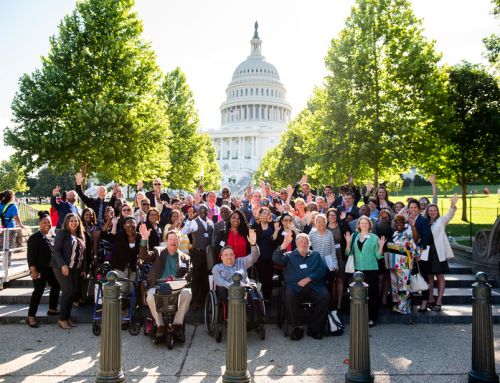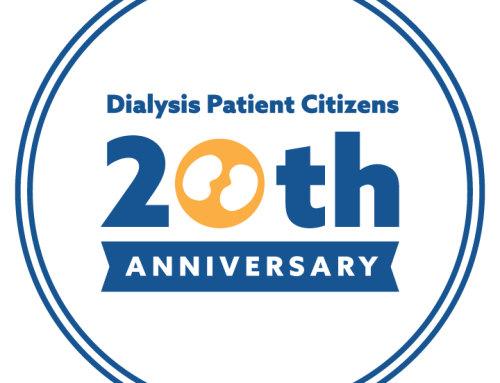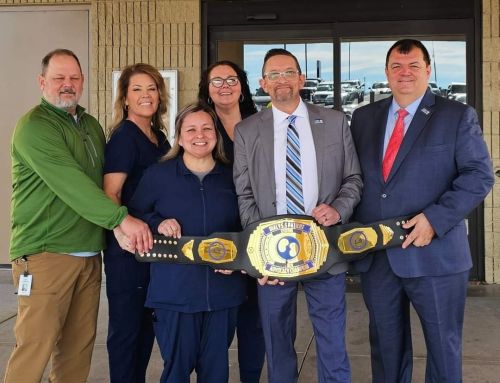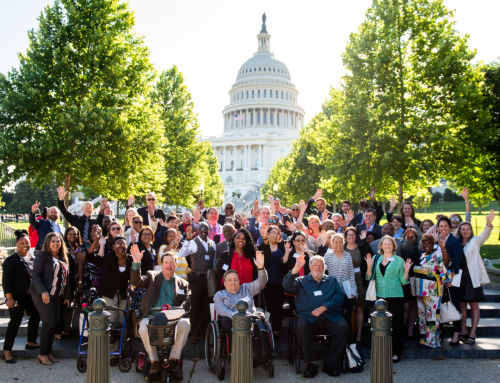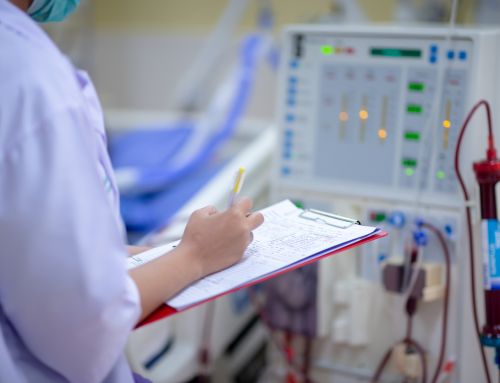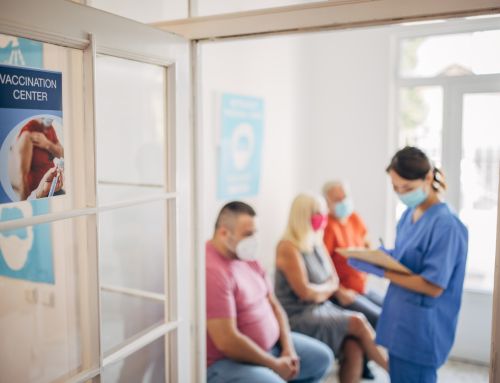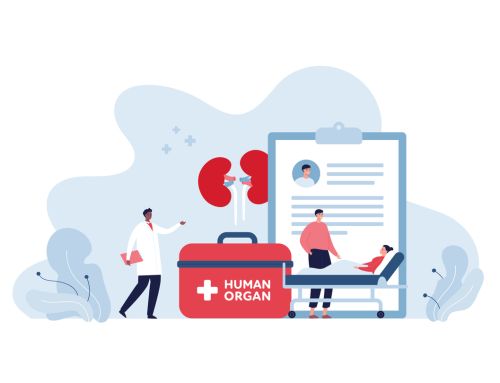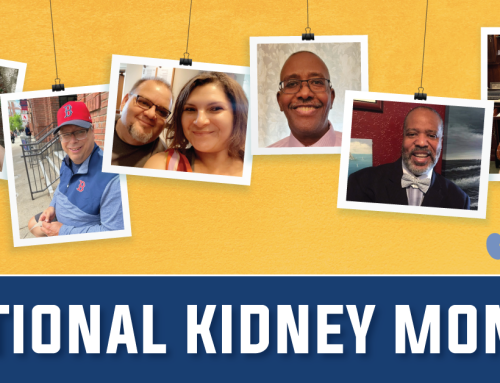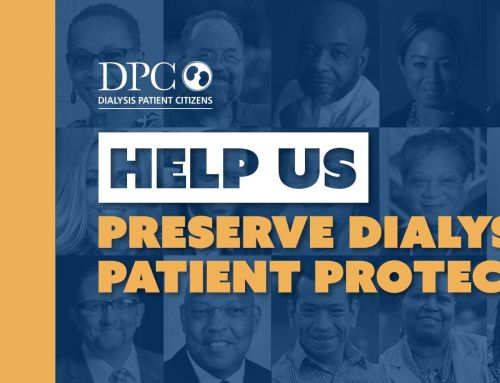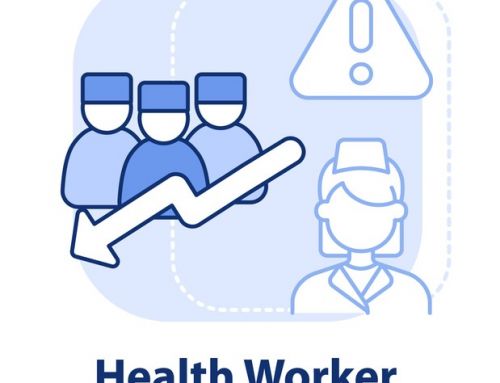October 10, 2023
Dr. Elizabeth Fowler, Deputy Administrator
Centers for Medicare & Medicaid Services
7500 Security Boulevard
Baltimore, MD 21244
Re: ESRD Treatment Choices Demonstration Issues
Dear Dr. Fowler:
Last year, published research looking at CMMI’s ESRD Treatment Choices Model (ETC) indicated that the program is not having the effect that was hypothesized. Now, CMMI’s own evaluation contractor has echoed those findings. We urge CMMI to pause and reassess whether ETC was the best available policy intervention to promote home dialysis and transplantation, and consider alternatives.
ETC imposes a bonus-and-penalty payment adjustment in randomly selected intervention regions to incentivize kidney providers to nudge patients to preferred modalities. The JAMA Health Forum paper by Ji and colleagues concluded that “HRRs assigned to the model did not have statistically significantly different rates in home dialysis compared with control HRRs… rais[ing] questions about the efficacy of the financial incentives…” But the article also reported good news: home dialysis use increased in both intervention and comparison regions from 16.5% in 2018 to 20.6% in 2021.
The null findings are not surprising given previous research on bonus-and-penalty pay-for-performance programs. Last September, Waters et al reported in BMC Health Services Research that Medicare’s hospital P4P programs had no effect on reducing hospital patient safety incidents. That was just the latest in an avalanche of studies with similar conclusions.
In a commentary accompanying the Ji et al article, Tummalapalli and colleagues note that “since the Trump Administration announced the Advancing American Kidney Health Executive Order in 2019, many educational interventions to boost home dialysis have been disseminated nationally via nephrology conferences, which may have dampened effects in the ETC Model because changes could occur in ETC and non-ETC regions. Similarly, large dialysis chains spanning ETC and non-ETC regions may implement protocols to promote home dialysis across their entire chain.” They suggest that “addressing patient-related barriers with funding for housing and utility improvements, caregiver support, and staff assistance programs may also be necessary” to further increase uptake of home dialysis.
We agree with these interpretations. We view the AAKI initiative as a success in helping to shape provider attitudes. Where we think Medicare policy has been deficient is in addressing patient-specific barriers to home dialysis. We do not see any benefit to continuing the ETC demonstration which, to be deemed “successful,” requires providers to concentrate or redirect their efforts to the randomly designated regions. We also question the assumption made by ETC’s framers—that dialysis providers are financially incentivized to promote in-center dialysis over home. Given the current labor market we suspect the opposite may be true, and we urge CMMI to investigate this by looking at cost reports or other data sources.
The Lewin Group’s evaluation also found that while use of home dialysis did not increase in intervention regions relative to the rest of the U.S., home dialysis training did increase. We are concerned that the additional training sessions could represent referrals of patients who were not appropriate candidates for home modalities and who did not go on to dialyze at home.
The ETC initiative was not in keeping with the spirit of CMMI’s statutory charter, which charged officials with testing upstream investments in patient care to determine if they would save Medicare money by reducing avoidable downstream expenditures. CMMI “cheated” with ETC by structuring it as a provider pay cut, to ensure cost reductions that more appropriately should come through avoided complications. We understand that the Actuary was unwilling to say that an aggregate increase in the use of home modalities would decrease costs. But we continue to believe that mitigating barriers to home dialysis faced by individual patients, who but for those barriers would be appropriate candidates for home, could reduce complications and produce savings in excess of modest upfront expenditures.
The various barriers patients face are inventoried by a kidney patient and advocate in this article: Improve Adoption of Home Hemodialysis in People with Kidney Failure in: Kidney News Volume 14 Issue 7 (2022) The author supports a demonstration testing an incentive payment to patients who switch to home, which might negate a very tough barrier, the inertia brought on by beginning dialysis in-center. We urge CMMI staff to go through this list of barriers and consult with stakeholders on potential policy interventions to test. We would suggest demonstrations 1) that utilize community health workers to help patients go home (we are working with other stakeholders to advance such a concept in Illinois), 2) to provide caregivers with funds to help offset lost wages for the time they help supporting a loved one with home dialysis, and 3) that provide staff assistance for those who need the clinical support to go home, and don’t have any support network.
We appreciate the efforts made by CMS across two administrations to raise awareness of the benefits of home modalities. Given the Innovation Center’s commitment to rapid cycle evaluation, we hope you can build on this success to design and implement more targeted, patient-centric interventions.
Respectfully submitted,
Jackson Williams
Vice President, Public Policy




